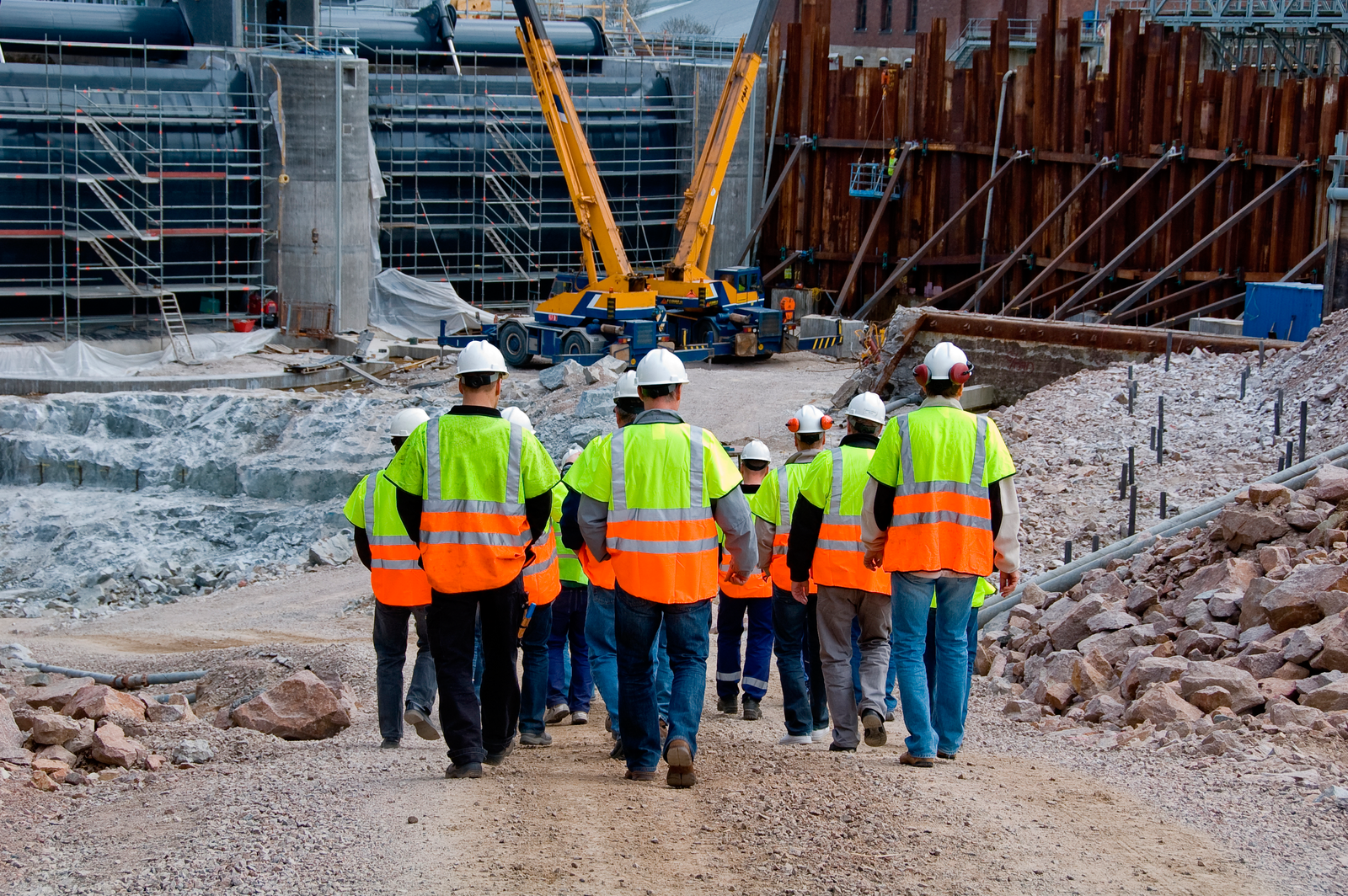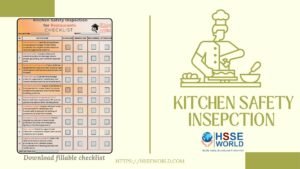The Three Classes of Safety Visibility Apparel
4 min readAnyone who works near traffic or heavy machinery knows (or should know) that they can’t set foot on the jobsite unless they’re wearing high visibility safety apparel (HVSA).
Workers across very different industries are required to use HVSA, including:
- Construction workers
- Workers in heavy industry
- Employees responsible for retrieving shopping carts from a parking lot
- Truck drivers
- Safety wardens in office buildings (used in the event of an emergency)
- Senior management visiting the factory floor or a warehouse
A lot of workers need to wear HVSA, but not all hi-vis gear is the same. Different jobs and working conditions will require different levels of visibility and, therefore, different classes of hi-vis apparel.

Takeaway: Which class of hi-vis safety apparel you need will depend on the risks and environmental conditions of your jobsite.
HVSA Regulations
In the United States, hi-vis is defined and categorized by ANSI/ISEA 107-2015 American National Standard for High-Visibility Safety Apparel and Accessories. In Canada, CSA Z96-15 High Visibility Safety Apparel applies instead.
The regulations ensures that the right combination of materials and design specifications work together to maximize the user’s visibility.
Lighting Conditions
In daylight conditions, hi-vis gear relies on fluorescent materials to reflect invisible ultraviolet light from the sun. Unlike other types of apparel, it magnifies its visibility.
Since working conditions can change, and not every employee will remember to switch their daylight HVSA for low light HVSA, many items combine both types of visibility. Using the special combined-performance retroreflective material, HVSA can offer both retroreflective and fluorescent properties.
(Learn more about How to choose the Best Safety Vest for the Job.)
The Three Classes of HVSA
ANSI/ISEA 107-2015 and CSA Z96-15 identify three classes of high-visibility safety apparel. It’s important to recognize that the three classes do not describe particular garment types, like jackets, overalls, or vests. Rather, they specify the amount of reflective material, the width of the reflective material (usually stripes), and the amount of background materials.
A parallel classification also designates the clothing’s work purpose:
- Type O: Off-road
- Type R: Roadway or temporary traffic control
- Type P: Public safety activities
In addition, the 2015 standard requires that all materials used in making HVSA clothing include labeling that identifies the garment by performance class and type, as well as its flame resistance characteristics.
Together, these HVSA classes and designations are summarized as follows:
Type/Designation | Type “O” Off-road | Type “R” Roadway | Type “P Fire, Police, EMS | ||
Performance Class | Class 1 | Class 2 | Class 3 | Class 2 | Class 3 |
Amount of background material | 217 in2 | 775 in2 | 1240 in2 | 450 in2 | 775 in2 |
Amount of Reflective Material | 155 in2 | 201 in2 | 310in2 | 201 in2 | 310 in2 |
| Width Minimums of Reflective Material | 1” (1″ for split trim designs) | 1.38” (1″ for split trim designs) | 2” (1″ for split trim designs) | 2” (1″ for split trim designs) | 2” (1″ for split trim designs) |
Class 1
Class 1 provides the lowest recognized coverage and visibility. It is meant for lower risk environments. For example, a light vest made entirely out of the vertical (front) and X-shaped (rear) retroreflective bars and worn over top of regular work clothes would be used in relatively safe situations where there is plenty of space between workers and slow moving traffic.
A low risk workplace might require Class 1 or Class 2 apparel, depending on circumstances, such as the amount of and proximity of traffic, weather, lighting, and potential for distraction.
Examples of work that require Class 1 or Class 2 apparel include:
- Directing vehicles to parking or service locations
- Shopping cart collection in parking areas
- Warehouse operations
- Shipping and receiving
Class 2
Class 2 provides moderate body coverage and superior visibility. These include fluorescent orange or yellow/green jackets, bib overalls, and vests incorporating retroreflective bands.
Medium risk jobs may require Class 2 or Class 3 clothing, depending on the circumstances and environmental conditions.
Examples of work that requires Class 2 or Class 3 apparel include:
- Roadway construction, utility, forestry, or railway work
- Survey crews
- School crossing guards
- Parking attendants and toll gate workers
- Airport baggage handling and ground crews
- Emergency response
- Law enforcement
- Accident site investigation
Class 3
Class 3 provides the greatest body coverage and visibility under poor lighting conditions and at farther distances.
High-risk work might require Class 2 apparel during the daytime and Class 3 during night or low-light conditions. These classes are worn where there is machinery or vehicles moving in close proximity or at higher speed and where workers must be conspicuous through a full range of body motions at a minimum of 1,280 feet. Jobs in this category include:
- Roadway construction
- Utilities
- Survey crews
- Emergency response
- Road assistance
- Flagging crews
- Towing operations
HVSA Training
As with all safety equipment and protocols, employees must be trained in the use and care of HVSA. This includes wearing the materials correctly to ensure the retroreflective bands are visible, taking care of and cleaning the apparel, and choosing sizes that fit the individual’s body type with enough room for safe movement and carriage of tools without being overly bulky, heavy, or impeding safe motion.
Training and consultation with a company safety officer is always essential to ensure that employees remain safe and that their employers remain in compliance with local or federal safety regulations.



